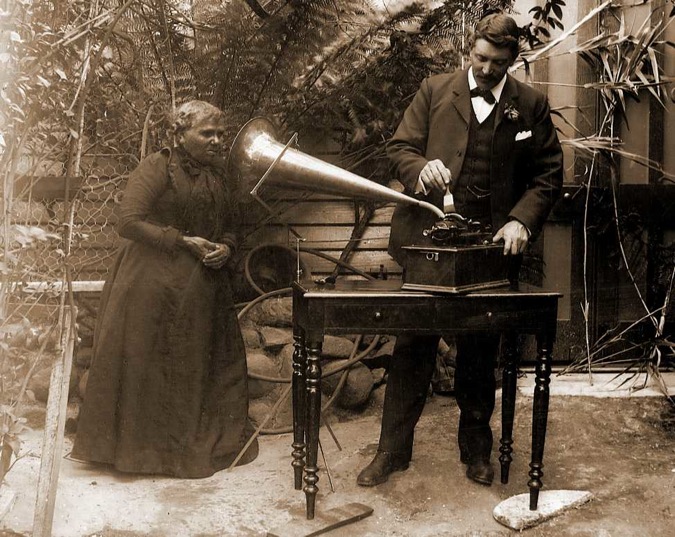Environmental silence and its renditions in a movie soundtrack
DOI:
https://doi.org/10.60162/swamphen.1.10588Keywords:
Ecohumanities, cultural ecology, film studies, media acousticsAbstract
Audio technology and contemporary sonic environments have affected perceptual habits at both individual and communal levels. As the perception of sound fluctuates between modes of attention and inattention, the narrative expectations generated by sonic materials may follow patterns of individual physical response that would in turn modify some communal perceptions of environmental soundscapes, silences in particular. In current sound design practice and the mainstream movie industry, the use of absolute silence as an absence of sound seems almost irrelevant. Film silence has become the complex technical product of mixing sounds, a view that departs from silence as a broad sound element added to vocal enunciation, music and special sound effects. As a subtle component of a narrative, cinematic silence may be at the junction of representation and reproduction of the acoustic biomass that we create and communicate to others. This paper examines how the subjective enaction of audio-filmic silence could develop from evolving acoustic ecologies, corporeal integration and cultural convention. In such a context, film silence could be a reciprocal tool that may generate modes of expression used to assess our personal and communal notions of environmental silences.
Downloads
Published
Issue
Section
License
Authors who publish with this journal agree to the following terms:- Authors retain copyright and grant the journal right of first publication with the work simultaneously licensed under a Creative Commons Attribution License that allows others to share the work with an acknowledgement of the work's authorship and initial publication in this journal.
- Authors are able to enter into separate, additional contractual arrangements for the non-exclusive distribution of the journal's published version of the work (e.g., post it to an institutional repository or publish it in a book), with an acknowledgement of its initial publication in this journal.
- Authors are permitted and encouraged to post their work online (e.g., in institutional repositories or on their website) prior to and during the submission process, as it can lead to productive exchanges, as well as earlier and greater citation of published work (See The Effect of Open Access).

